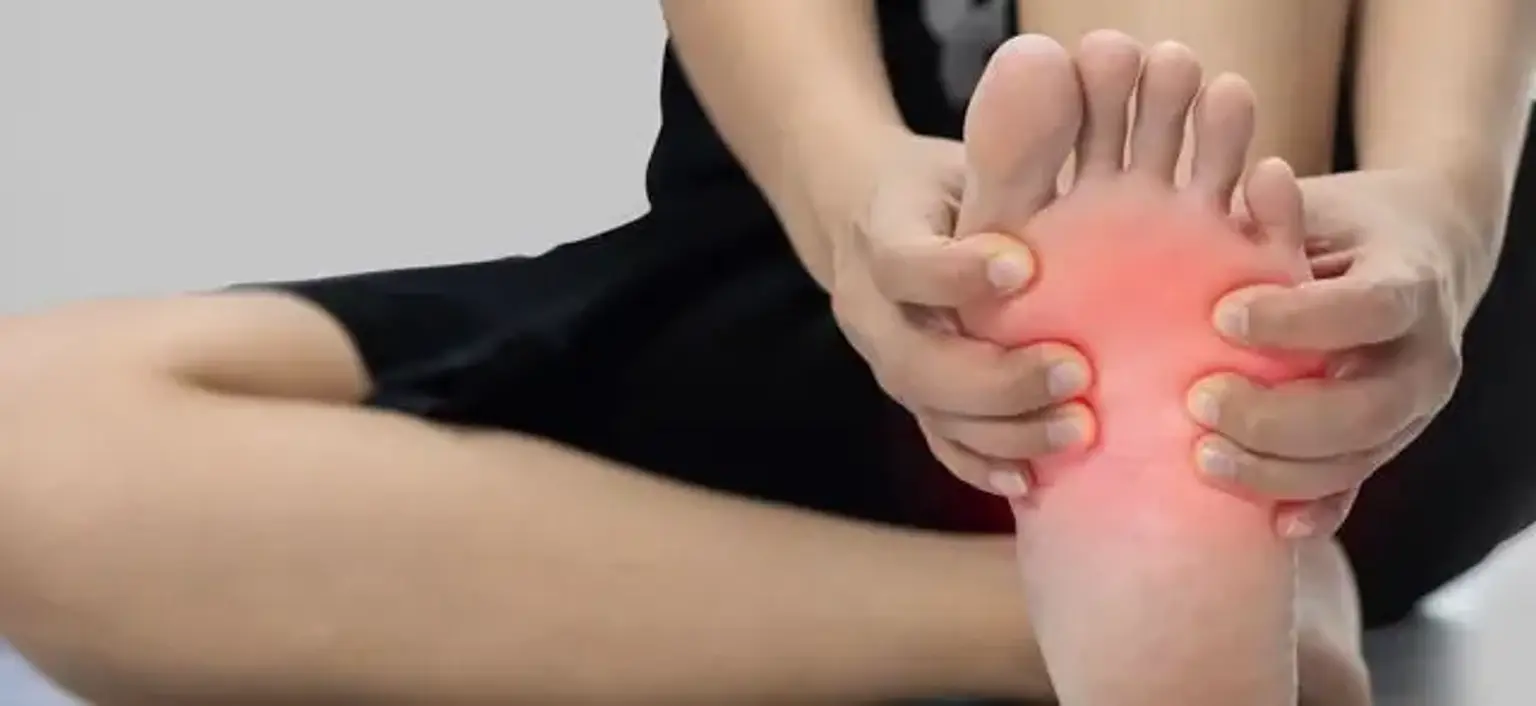If you are a doctor or a medical student, you must know a lot about the great and mighty nervous system.
Of all the body organs and body parts, still, the brain, or the nervous system in general, is the most mysterious and fascinating organ.
No matter how much you learn about it, there is always more to learn and discover.
But what about those who didn't study medicine or neurology?
We studied a bit about the brain and nervous system in high school.
